If you can relate to this, then welcome. We wrote this article for you. Set out below are a variety of tried and true tips to work with patchy and/or thin beards. We cover everything from natural methods to medical interventions. It's basically a one-stop beard repair shop.
What are the Causes of Beard Patches?
There are several potential causes of patchy beards, including genetics, hormonal imbalances, and certain medical conditions. In some cases, men may simply have difficulty growing a full, thick beard due to their genetics, and may need to use beard growth products or other treatments to encourage thicker growth.
Hormonal imbalances, such as those caused by conditions like hypothyroidism or polycystic ovary syndrome (PCOS), can also interfere with beard growth and cause patchiness. Finally, certain medical conditions, such as alopecia areata, an autoimmune disorder that causes hair loss, can also lead to patchy beards.
Should I be Worried About Beard Patches?
Beard patches can have a significant impact on a man's confidence, depending on how he views and feels about them. For some men, patchy beards may be a source of frustration or embarrassment, leading to feelings of inadequacy or low self-esteem. These negative feelings may be particularly pronounced if a man feels that his patchy beard is drawing unwanted attention or negative comments from others. In these cases, a patchy beard may lead to social anxiety and a lack of confidence in social situations.
On the other hand, some men may be able to embrace their patchy beards and feel confident in their appearance despite the patches. These men may view their beards as a unique aspect of their appearance and may feel proud of their ability to grow a beard at all, even if it is not perfect. In these cases, a patchy beard may not have a significant impact on a man's confidence.
Overall, the impact of beard patches on a man's confidence will depend on his individual perspective and how he feels about his beard. Some men may choose to try to cover up or conceal their patchy beards, while others may embrace them and feel confident in their appearance. There are also several treatment options that may be able to improve the appearance of a patchy beard, including beard growth products, hormone therapy, and other treatments. We will explore these interventions further below. Ultimately, the best approach for a man with a patchy beard will depend on his personal goals and preferences.
How to Fix Beard Patches

Want to try beard oil for FREE? sign up below:
1. Give it Time
Here's the thing, your beard is you. It defines you as much as your hair style, your eye colour, your body type... you get the picture. If you don't like the way it looks because it's patchy or thin then rest assured, there are very likely to be things you can do to grow some facial hair and look cool at the same time. First and foremost, for any one with a patchy or thin beard, the number one thing to improve it, is time. Over time your beard will grow thicker, the hairs will grow longer. This will fill in thin parts and "even out" your beard. You'd be surprised how many guys with seemingly full beards actually just have grown-out patchy beards.
In my case, I have two "bald patches" at the point where my chin hair meets my jaw and cheek hair. This is far more obvious when I keep the beard tightly cropped for the "corporate beard", something that I'm currently sporting. When I grow my beard out, it becomes far less visible, but it does mean I'll probably never have a "competition-winning" beard. Do I care? Not a jot. In my case, the patchiness more or less matches on both sides of my face, so there's some symmetry about it. This means it looks less "wonky" than if just one side were affected and it also gives me the option of just growing a goatie - that way no one would ever know about the bald patches.
"First and foremost, for any one with a patchy or thin beard, the number one thing to improve it, is time."
If you're still not convinced about the benefits of time, have a look at these images of Keanu Reeves and one of my favourite actors of all time, Heath Ledger. In the images on the left, their beards are tightly cropped and some patchiness is evident. However, the images on the right show that when their beards were grown out the patchiness is much less noticeable.
2. Optimise Your Natural Testosterone Levels
Beard growth depends a lot on your testosterone levels. With the modern sedentary and indoor lifestyles, a lot of men suffer from less than optimal testosterone and as a result, their beard growth also suffers. If you've got a patchy beard and low libido (eg zero or rare cases of "morning wood") this might be something you can look into. It's relatively easy for a doctor to check your levels and make sure that you have a solid hormonal foundation to grow a lush beard.
There are a lot of natural ways to elevate your testosterone which in turn may show up in thicker beard growth. They're pretty basic things but so easy to forget or miss out on. Get a full 7-8 hours sleep, avoid too much alcohol, eat a good amount of protein and do heavy resistance weight training & cardio a few times a week. Supplements like Vitamin D and Zinc can also help if you are deficient in those. Once you go down the rabbit hole of optimising your testosterone, you'll find all kinds of techniques & supplements claiming to help. Some of it is good, some is bro science. We recommend adjusting one thing at a time and monitoring the results. That way you can isolate that factors that help you specifically get more "T".
3. Shape or Style your Beard around the Patchiness (Camouflage)
Another option may be to shape your beard hair in a way that makes the patches less of a problem. To help with shaping, you could try a beard balm that contains waxes to help shape the hair into a position that makes patches less obvious. For stubborn hairs you could try a matte hair pomade for extra hold. What you want to try and do is cover patchy areas with neighbouring beard hairs (a bit like a "comb over" for the face, but hopefully not that obvious). This may be particularly effective if those hairs are sticking straight out from your face instead of laying over it to cover the skin underneath.
In this video, Barber Rex Silver demonstrates how to trim and style a beard around a patch on the right cheek. This technique can be applied to other areas of the beard and should be a helpful starting point when you think about how to style around patchiness.
4. Adjust Your Beard Lines to Fit Around the Patches
Another way to shape the beard is to shave the patchy area. This is especially suitable when the patchiness occurs in the cheek area around the perimeter of the beard. Rather than trying to grow this out or comb neighbouring hair over it (which might require brushing hair into unnatural angles), you could get rid of the thin hair located in the patchy area altogether.
This leaves the denser hair to thicken up and no one will ever know there are spots where it doesn't grow as well. To manicure your beard evenly, its best to shave using a clear lubricant like a clear shave gel, or shave oil, so that you don't end up with a result that makes you look unhinged.
Another place this strategy can work well is the neck area. If there are patches low under the chin or on the neckline, simply shave your beard line higher up. Be warned though, a beard line set too high on the neck does not tend to be as aesthetic. Ideally you want the beard to start just above the Adam's apple when looking straight forward. It should then arc around each side of the neckline underneath your jawline.
5. Protect the Beard Hair
As the beard grows out you will find it more readily becomes dry and brittle. Your body's natural protection mechanism for the hair involves sebum, a fluid released from the sebaceous glands in the follicle at the base of the hair. The fluid is drawn from the base to the tip of the hair via gravity and capillary action. However, as the hair gets longer, the fluid has further to travel. Eventually, the hair gets too long for the sebum to do it's job optimally.
The result is hair tips that can break easily or turn into split ends. This will limit how far your beard can grow out and still look healthy & lush. The solution to this problem is a quality beard oil. The oil works in a variety of ways. First it does some of the job sebum does, to coat & protect the hair. It reduces moisture loss from the beard so it doesn't dry out so easily. If it contains a good amount of coconut oil, it may also help reduce protein loss from the hair (which is a fairly unique property of coconut oil, based on a study by Rele & Mohile J Cosmet Sci. 2003 Mar-Apr;54(2):175-92).
6. Colour the Beard
This one is for guys that don't necessarily have patches, rather they have areas that are blonde and whispy, or grey, in among areas of thick black, brown or red growth. This is the case with my moustache. Most of my beard is black, with some grey coming through. For some reason though, my moustache likes to do it's own thing. It is yellowy blonde in colour. It blends with my skin colour reducing contrast and making my moustache much less visible compared with the rest of the beard.
To get around this I started dying the moustache a dark brown to match the rest of the beard. It works great. As soon as it's dyed, the moustache looks at least twice as thick and it frames my face better because the contrast between my skin & moustache is more evident.
There a many specialty beard dyes on the market. If you don't have a lot to dye, an eyebrow dying kit will also work. Be careful when applying not to get the dye on your skin because (in my experience) it can stain for 24 hours or so. You don't realise how goofy you can look until you dye a dalmatian style spot onto your face.
Note also, the dying process uses some harsh chemicals that can damage the hair follicles. The hair may initially feel good, but brittleness down the track may become evident. Keep this at bay by using a quality botanical beard oil or balm.
7. Peppermint (?)
Yes, the humble herb that makes your mojito pop may also help with hair growth. Peppermint oil is believed to increase blood flow to the hair follicles, which can promote hair growth and thickness. Additionally, peppermint oil is thought to have a stimulating effect on the hair follicles, which may help to strengthen and nourish the hair. Although nothing definitive, there is some animal study data to support this.
To use peppermint oil for a patchy beard, it is recommended to mix a few drops of peppermint oil with a carrier oil such as coconut oil or jojoba oil. Then apply the mixture to the beard and massage it into the skin. Leave the mixture on for at least 30 minutes before washing it off. Repeat this process 2-3 times a week.
It's important to note that not all men will see the same results from using peppermint oil for a patchy beard. Some men may see an improvement in the thickness and growth of their beard, while others may not notice a difference. It's also important to note that it may take some time to see results, as hair growth occurs slowly.
Additionally, some men may be allergic to peppermint oil, so it's always a good idea to do a patch test before applying it to a large area of the skin. If you experience any redness, itching or burning sensations after applying peppermint oil, discontinue use and seek medical attention if necessary.
8. Do Derma Rollers Help a Patchy Beard?

Derma rollers, also known as microneedling devices, are small handheld tools with a rolling head covered in tiny needles. These needles puncture the skin and create micro-injuries, which stimulate the body's natural healing process and collagen production. This can improve the appearance of fine lines, wrinkles, acne scars, and other skin imperfections.
There is limited research on the use of derma rollers specifically for patchy beards, but some people have reported success in using the device to stimulate hair growth and improve the overall appearance of their beard. The theory behind this is that the micro-injuries created by the needles stimulate blood flow and the production of growth factors in the hair follicles, which can promote the growth of new hair.
However, it's important to note that derma rolling is not a proven treatment for patchy beards and results may vary. Also, it's important to use a high-quality, sterilized derma roller and to follow proper aftercare instructions to prevent infection or irritation.
Additionally, it's also important to understand that patchy beards are not always caused by a lack of hair growth. It's also possible that the patchiness is due to a genetic condition called hereditary hair loss, which is caused by a sensitivity to the hormone dihydrotestosterone (DHT). If this is the case, then derma rollers may not be effective in treating the condition.
In any case, before trying derma rollers for patchy beards, it is recommended to consult with a dermatologist or trichologist to understand the underlying cause of the patchiness and to determine if the treatment is suitable for you.
9. Minoxidil (But See your Doctor First!)
Of course, some guys have really big patches, uneven patches or practically no facial hair at all. For them, there isn't a lot that can be done simply via grooming techniques. For those desperate for a fuller beard, there are a couple of medical interventions that may work. However, as with all medical treatments, there are risks and you shouldn't make any decision to go down this path without fully informing yourself of them, ideally in consultation with a doctor.
Another medical option people talk about is minoxidil (found in products like Rogaine and Hair Again). This was originally investigated as a blood pressure medication but through a good measure of serendipity, researchers found it promoted hair growth. It has since been used topically by millions of men world wide for male pattern baldness.
More recently, studies were launched to look into minoxidil and beard growth. In a 2016 study published in the Journal of Dermatology researchers found that twice a day application of 3% Minoxidil increased beard hair count by roughly 14 times on average. Here's a picture of what the results looked like...

Note that for hair loss on the head, minoxidil is also typically applied twice a day. This is a lot of work. It could also have unwanted side effects because the drug is usually dissolved in an alcohol-based solution. Putting this on your face is likely to dry out the skin and cause irritation. It's also possible that the active drug could be absorbed into your blood stream or you may accidentally ingest some whilst applying it. Do your own homework and see a doctor before venturing down this course.
10. Surgical Hair Transplant
This is practically guaranteed to work if done properly (but extremely invasive). If you've got upwards of $8,500 then you too can have a surgeon slice hair from donor regions on your head and body, before plugging them into your face for a genuine, lush beard without thinness or patches.
Some may question the sanity of this, but from the interviews I've read, guys that have done it were very happy with the results. Kudos to them. If your beard, or lack thereof, is really bothering you, the results achieved by some transplant surgeons is remarkably good.
Aside from the aforementioned medical interventions, there aren't any other potions, lotions or massaging motions that will make a patchy beard look dense and lush - at least not that I've seen. Notwithstanding this, there are a lot of confident claims out there from people who claim they have products that can help. There are too many to cover in this post but if you'd like me to look into any of them, please let me know and I'll give you my opinion, if you want it. Until then, stay beardiful.
Health Disclaimer:
This article is not intended to diagnose, treat, cure, or prevent any disease. Results may vary between individuals.
This information does not constitute medical advice and it should not be relied upon as such. Consult with your doctor before modifying your regular medical regime.
ABOUT THE AUTHOR
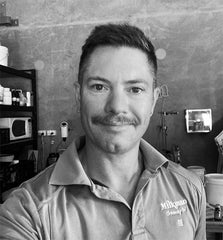 |
Dr Benjamin De Campo Ben studied Pharmacology & Toxicology at the University of Western Australia where he was awarded a Bachelor of Science (with 1st Class Honours) & a PhD. He went on to complete a law degree & spent almost 10 years advising in the fields of medicine, pharmaceuticals, cosmetics & nutrition before starting his own cosmetics company Milkman Grooming Co & white labelling for other personal care brands. |

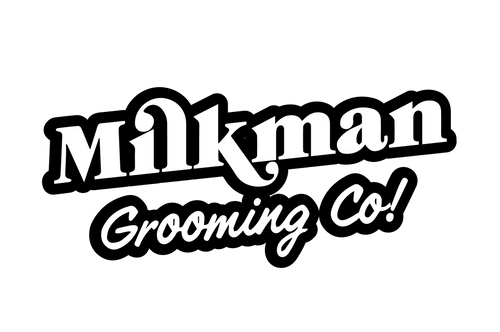




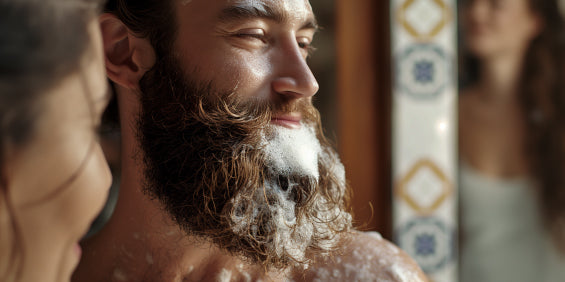
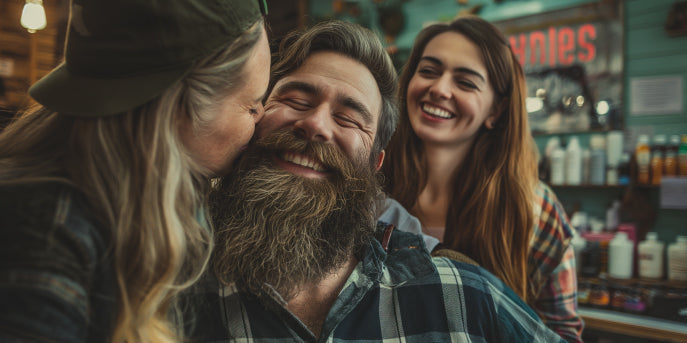


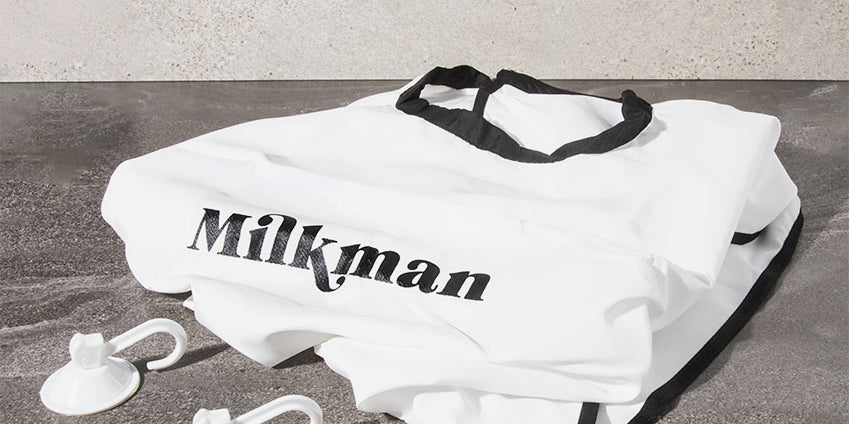

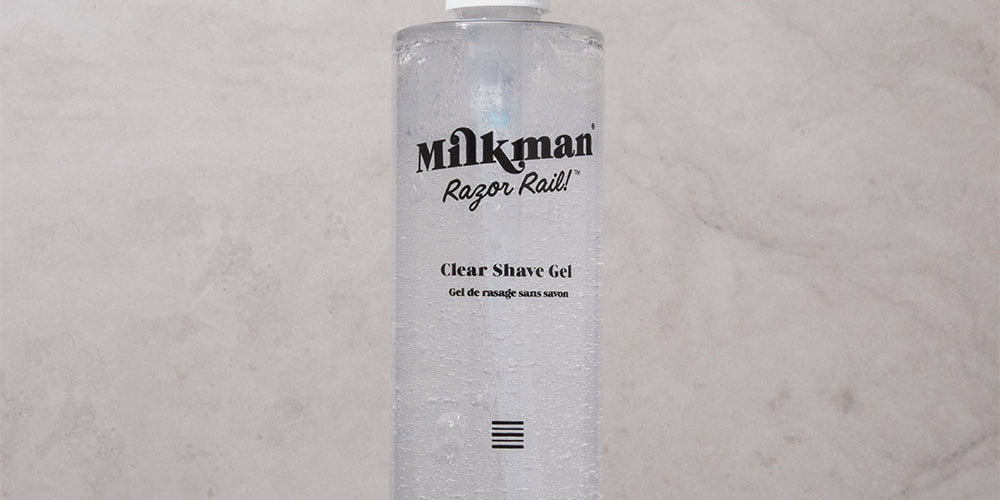

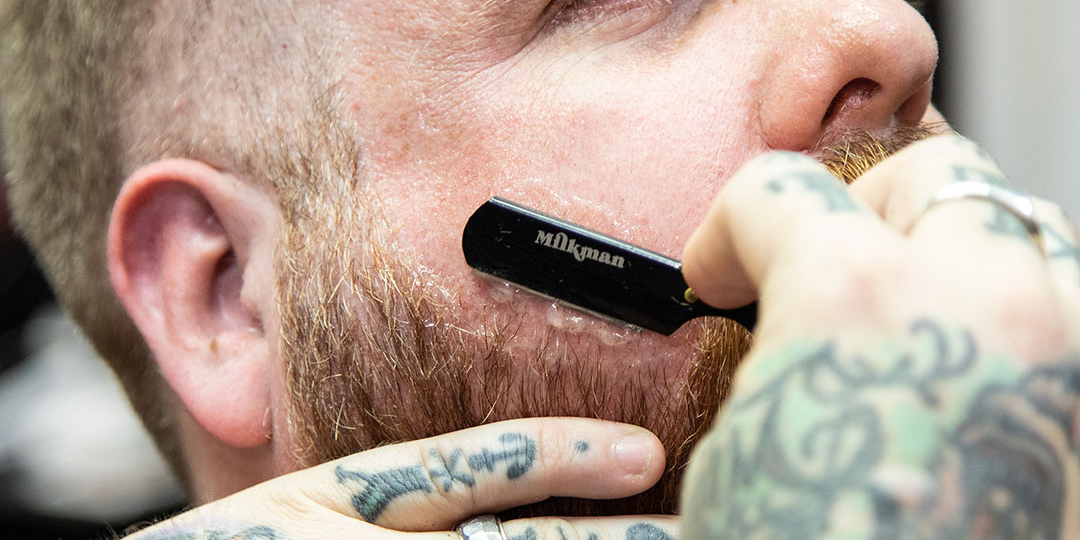



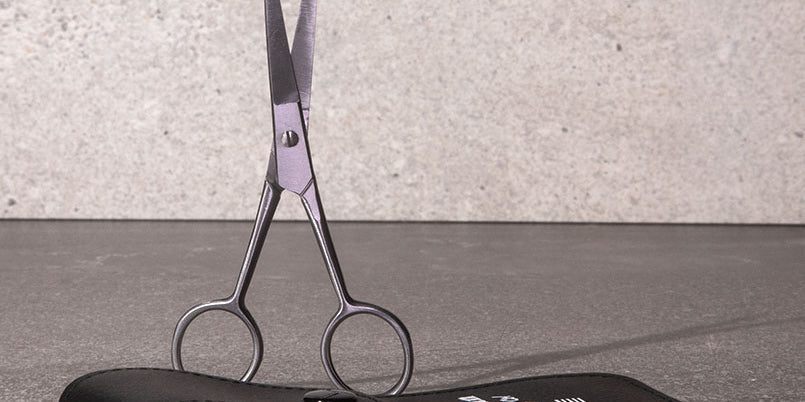
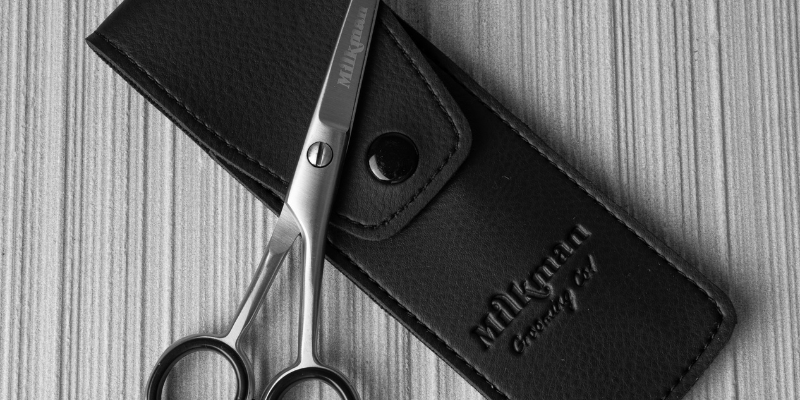
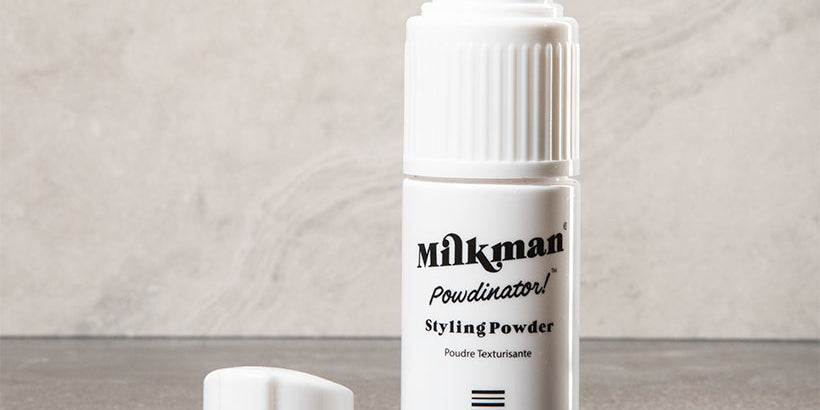
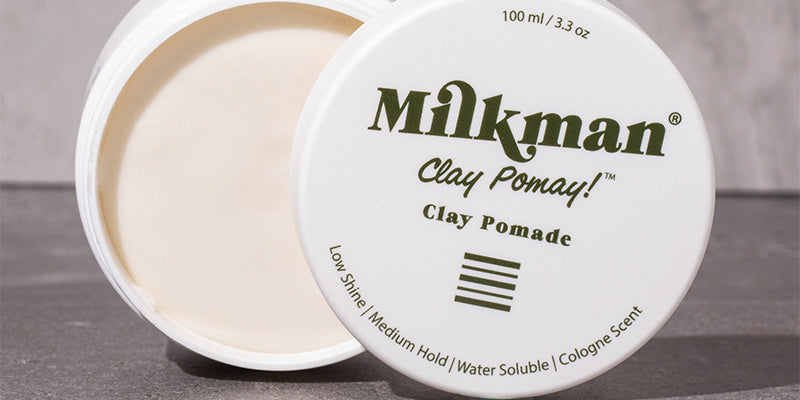
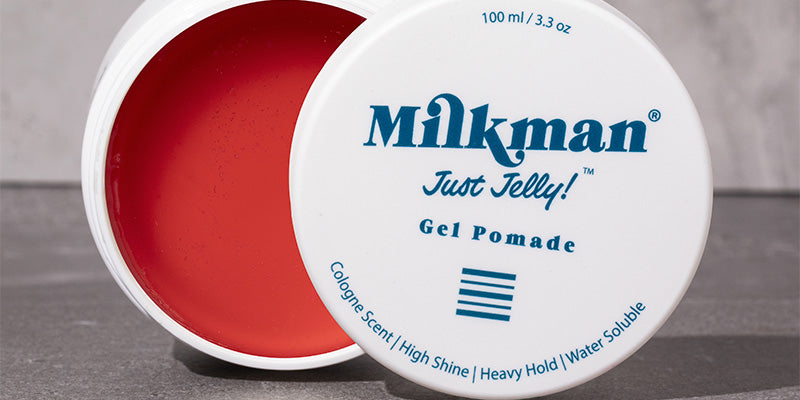
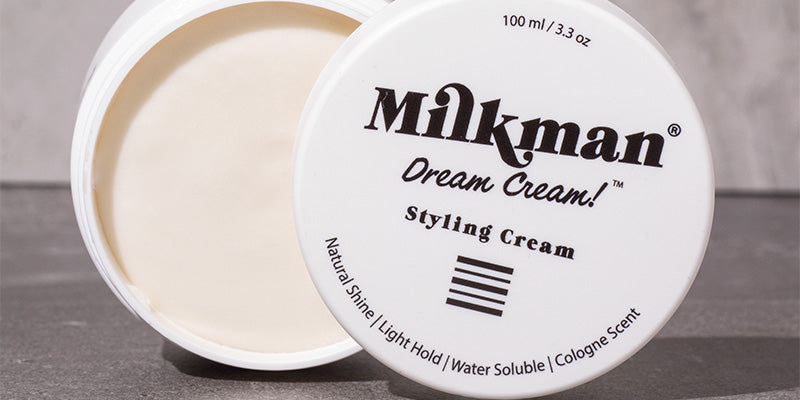
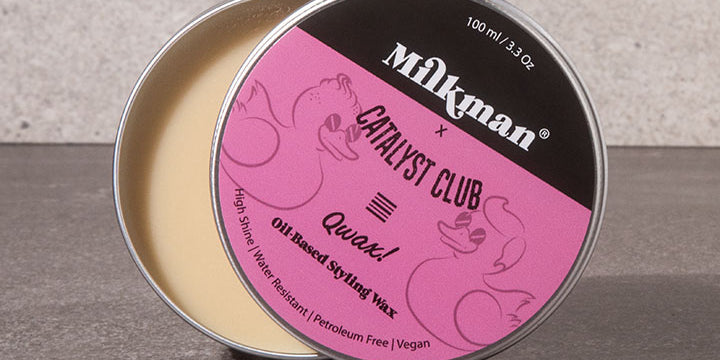
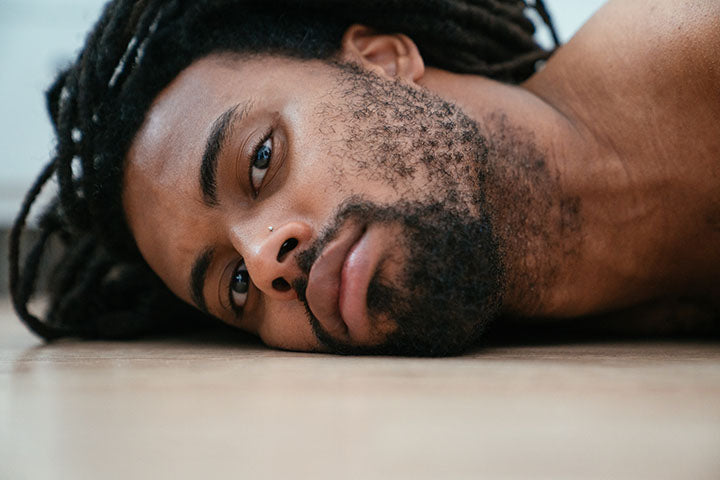
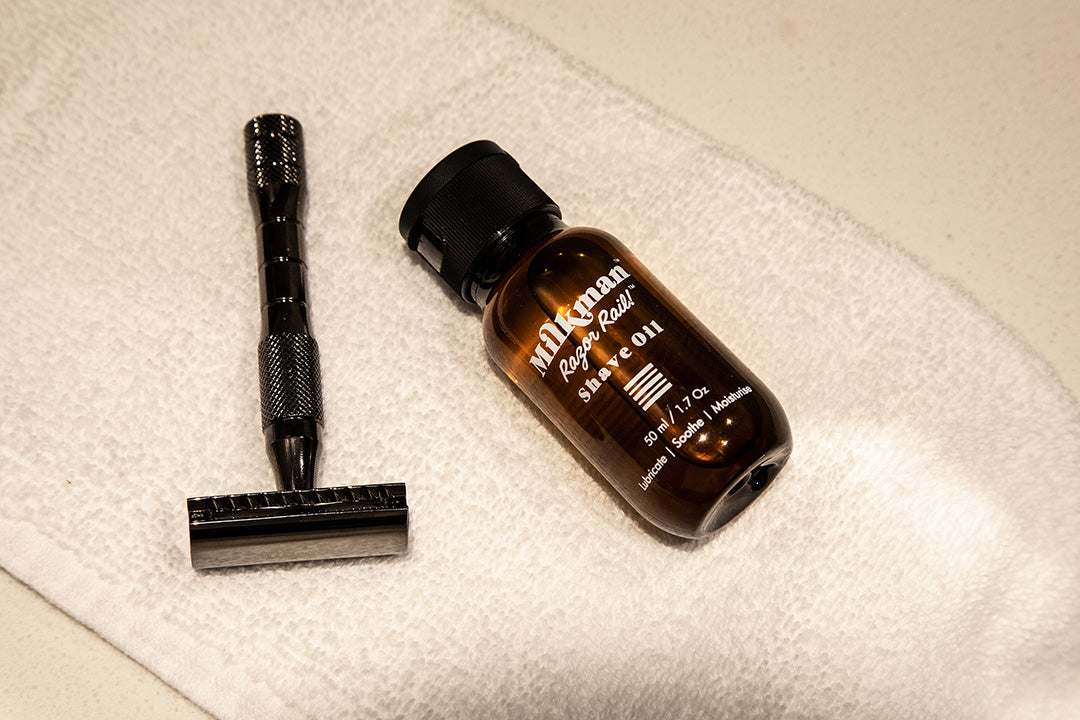
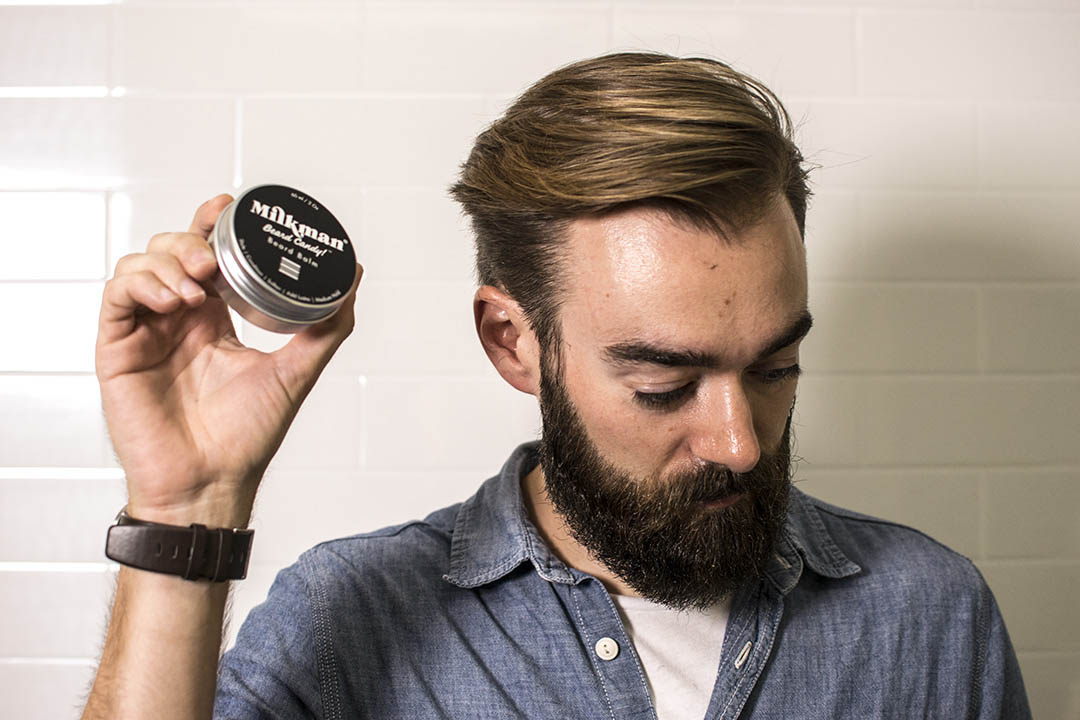
Good info,good ideas.Well, you missed something and someone! Us older men with white hair and patchiness on the bearded areas. I do ok with facial hair growth. The real pro Len is with thickness
on cheeks and area leading up to and including sideburns. Moustache plus chin are great for a goatee or super long mustache to jawline. Are any products or ideas available to adjust sketchy areas with
mostly white and peppered with black beard? I have many suggestions for use, however they would be extremely time consuming,require another person to assist but results should remain for many months, as opposed to a quick fix that might go on for, say, 2 or 3 months.
I mean taking some hair from the head and super gluing it to individual shafts of beard
The experimental stage might become tedious until finding the quickest method
or where to or not to use such application
procedures